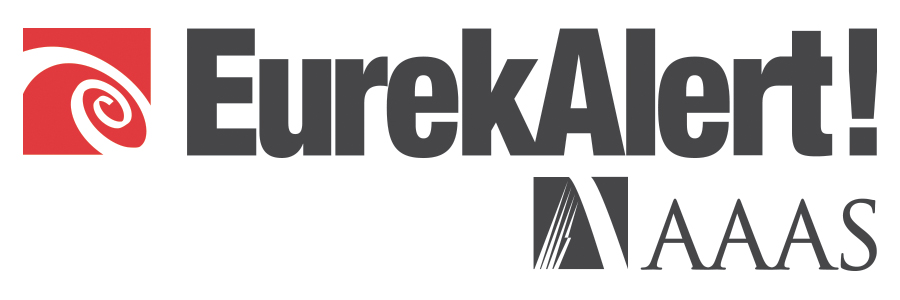
January 17, 2019 – An automated text messaging system increases patient engagement with home-based exercise and promotes faster recovery after total knee or hip replacement surgery, reports a study in the January 16, 2019 issue of The Journal of Bone & Joint Surgery. The journal is published in the Lippincott portfolio in partnership with Wolters Kluwer.
Patients receiving timely texts showed improvement in several key outcomes, including fewer days on opioid pain medications, more time spent on home exercises, faster return of knee motion, and higher satisfaction scores, according to the research by Kevin J. Campbell, MD, of Rush University Medical Center, Chicago, and colleagues. “A chatbot that texts timely, informative and encouraging messages to patients can improve clinical outcomes and increase patient engagement in the early postoperative period after total joint replacement,” Dr. Campbell comments.
Automated Texts Lead to Improved Outcomes of Surgery
The randomized trial included 159 patients undergoing primary total knee or hip replacement. All received standard education, including instructions on home exercises after surgery.
In addition, one group of patients received a series of automated, physician-specific text messages. The pre-programmed texts provided recovery instructions along with encouraging and empathetic messages, personalized video messages from the surgeon, and brief instructional therapy videos. The texts were sent via a service called STREAMD; Dr. Campbell is the CEO and Co-Founder of STREAMD.
“The content of the text and video messages reinforced the perioperative instructions and were delivered to patients at the appropriate time based on their recovery progress,” the researchers write. Over the six-week period after surgery, patients in the text-message group received about 90 texts. The system did not accept inbound text responses from patients, although patients could access further information on topics they selected.
Patients who received automated texts performed their home exercises an average of 46 minutes per day, compared to 38 minutes in the standard-care group, a significant difference of nine minutes per day. The texted group had greater knee motion at three weeks’ follow-up, suggesting faster short-term recovery, but by six weeks, knee motion was similar between groups.
Patients in the text-message group stopped using opioid pain medications about 10 days sooner than those in the control group (22 versus 32 days). They also had higher mood scores and were more likely to say that their postoperative instructions were clear. Patients assigned to automated texts also made fewer phone calls to the surgeon’s office. There was a trend toward fewer emergency department visits as well, although this difference was not statistically significant.
There is growing interest in using text messages to increase patient engagement in recovery after surgery. But previous digital patient engagement platforms have not been widely adopted by either patients or healthcare providers.
This study provides evidence of improved outcomes when an automated text-message system makes daily contact with patients and provides them with relevant information and encouragement. Advantages include more time doing recommended home exercises, faster recovery of knee motion, and improved patient satisfaction.
The 10-day reduction in opioid use is a potentially important advantage, reducing the risk of persistent opioid use and other complications. “This finding could be related to improved patient education and to the encouraging and empathetic tone of the text and video messages,” Dr. Campbell comments. “It could also reflect improved mood scores and patients’ confidence in their ability to manage their recovery, which have been shown to be very effective pain relievers.”
The benefits of such an automated system could be especially important at a time when more patients are undergoing joint replacement surgery with less overall contact with the treatment team. “As we search for practical methods to engage patients, automated messages providing education, support, and encouragement create a natural and convenient way for patients to receive information, potentially improving key outcomes without placing extra time demands on the surgeon and staff,” Dr. Campbell concludes.
###
DOI: 10.2106/JBJS.17.01505
About The Journal of Bone & Joint Surgery
The Journal of Bone & Joint Surgery (JBJS) has been the most valued source of information for orthopaedic surgeons and researchers for over 125 years and is the gold standard in peer-reviewed scientific information in the field. A core journal and essential reading for general as well as specialist orthopaedic surgeons worldwide, The Journal publishes evidence-based research to enhance the quality of care for orthopaedic patients. Standards of excellence and high quality are maintained in everything we do, from the science of the content published to the customer service we provide. JBJS is an independent, non-profit journal.
About Wolters Kluwer
Wolters Kluwer is a global leader in professional information, software solutions, and services for the health, tax & accounting, finance, risk & compliance, and legal sectors. We help our customers make critical decisions every day by providing expert solutions that combine deep domain knowledge with specialized technology and services.
Wolters Kluwer, headquartered in the Netherlands, reported 2017 annual revenues of €4.4 billion. The company serves customers in over 180 countries, maintains operations in over 40 countries, and employs approximately 19,000 people worldwide.
Wolters Kluwer Health is a leading global provider of trusted clinical technology and evidence-based solutions that engage clinicians, patients, researchers and students with advanced clinical decision support, learning and research and clinical intelligence. For more information about our solutions, visit //healthclarity.
Disclaimer: AAAS and EurekAlert! are not responsible for the accuracy of news releases posted to EurekAlert! by contributing institutions or for the use of any information through the EurekAlert system.

